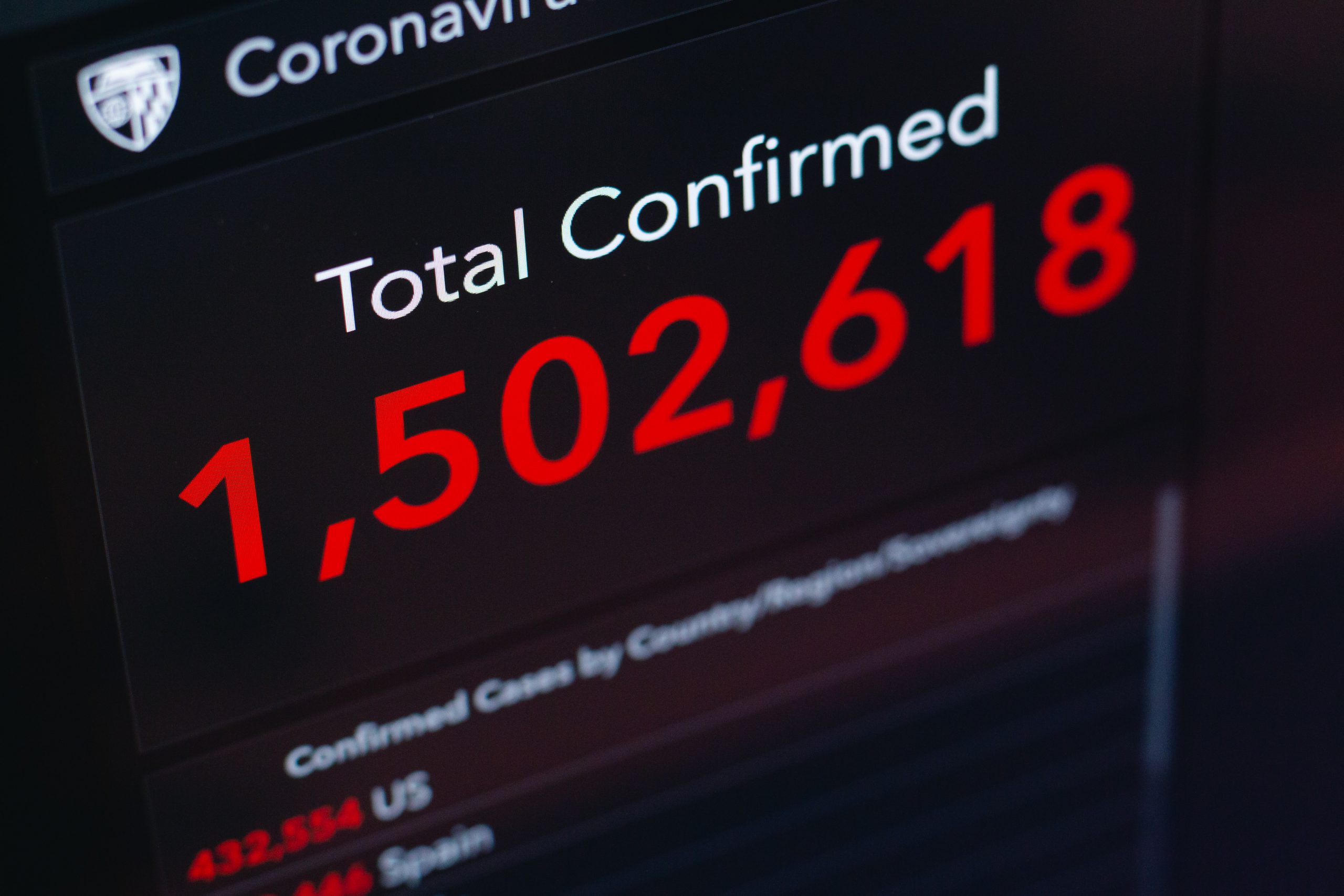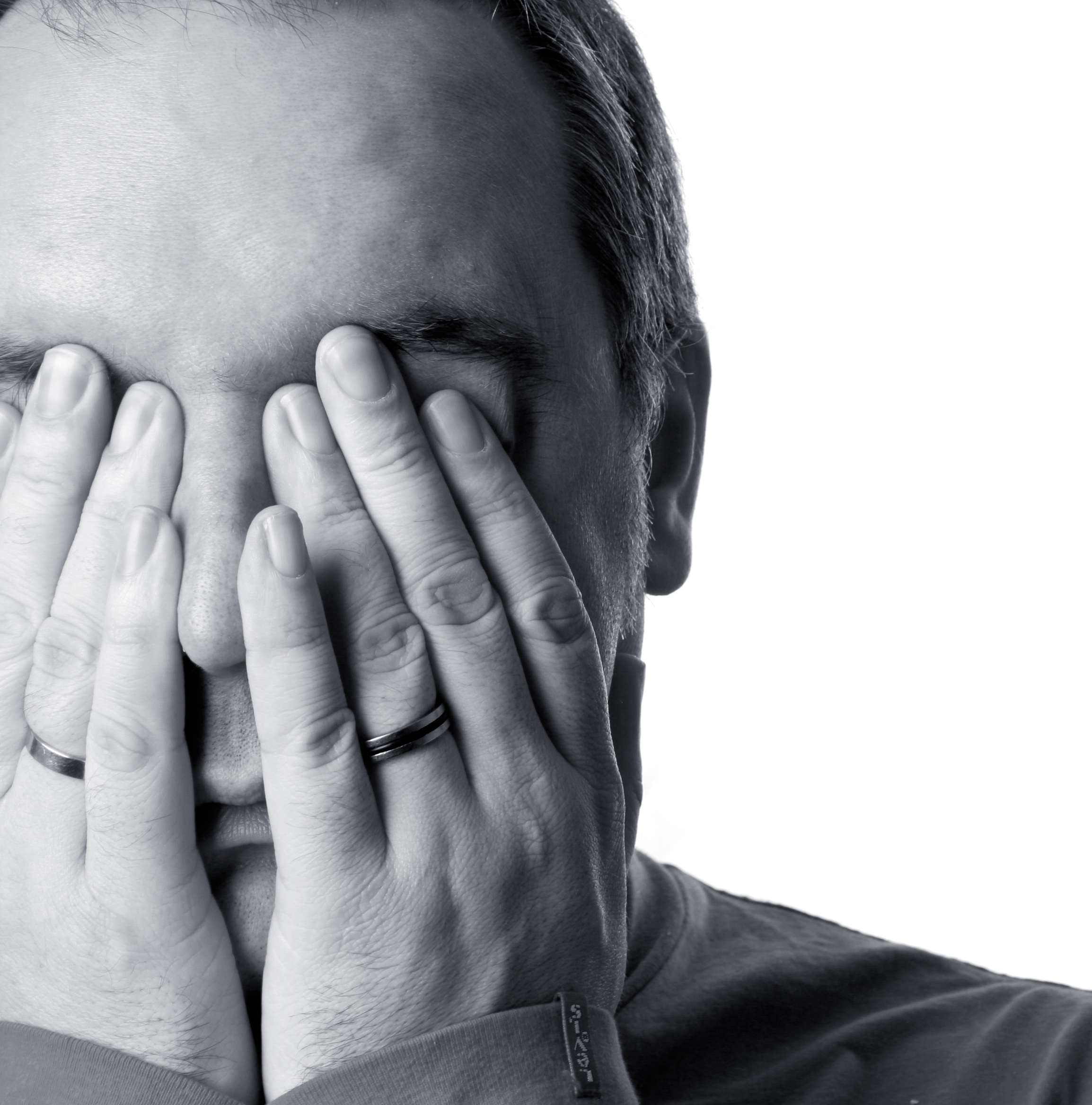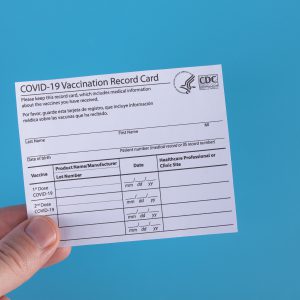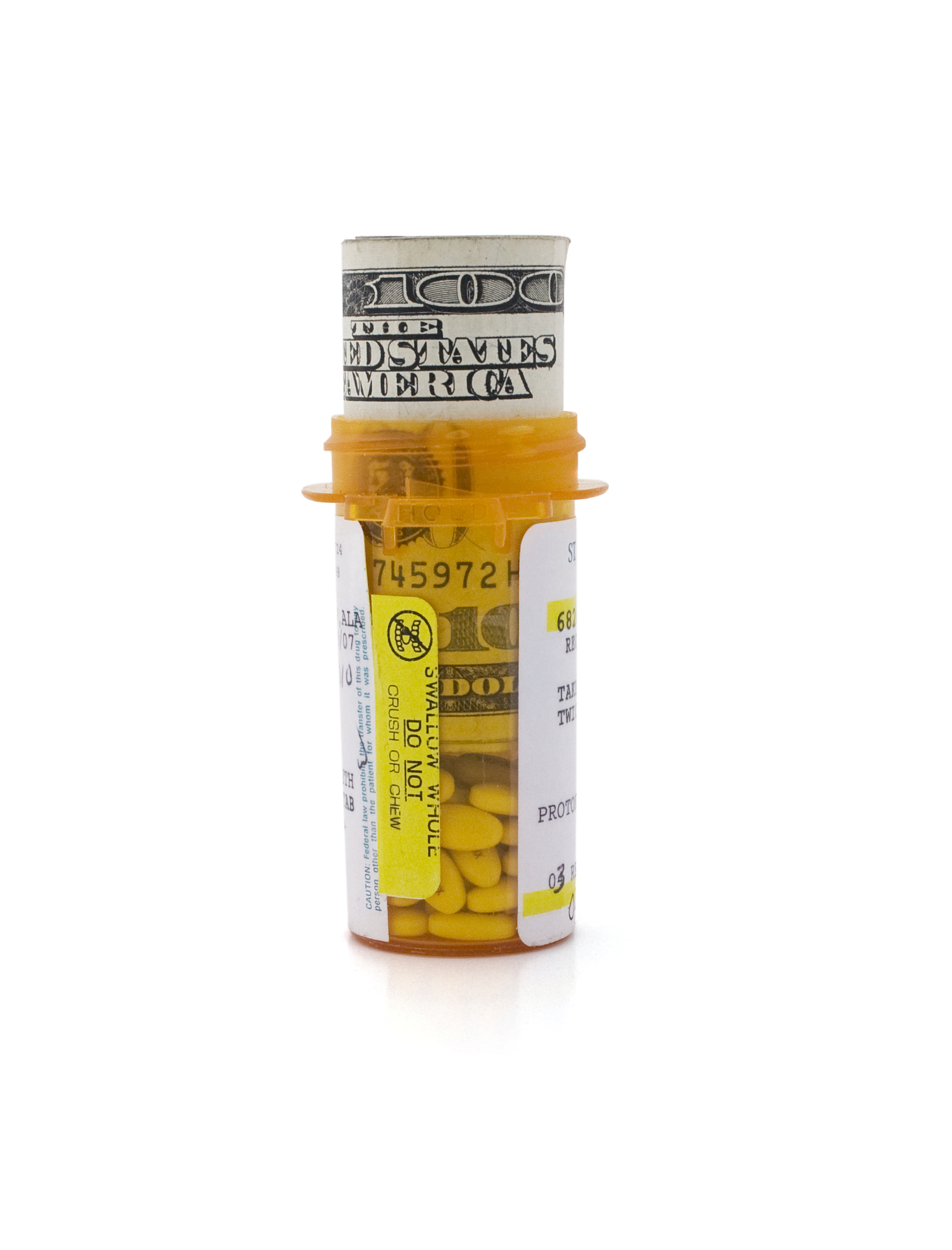Last Updated on April 13, 2020
Americans are currently experiencing an epidemic caused by a novel coronavirus known as COVID-19. At the time of publishing, there are over half a million cases of COVID-19 in the United States and more than 20,000 Americans have died. While the numbers continue rising by tens of thousands every day and more states are issuing shelter-in-place advisories or mandatory quarantines, Americans are confused amid misinformation from prominent figures and are at particular disadvantage due to the culture of avoiding going to see a healthcare provider because of high costs.
The first U.S. case of COVID-19 was discovered in late January. By the end of February, there were 24 cases and one American death. In the first few weeks of the outbreak testing was very limited, sometimes as few as 300 for an entire state. It then took time for health officials to realize that the tests they received were flawed, lacking critical components and delivering faulty results.
In late February, a Seattle team researching the flu found they could test for the SARS-CoV-2 coronavirus that causes COVID-19, but were running into bureaucratic red tape. When the doctors decided to circumvent the regulations in the interest of public health and began finding positive results, they were explicitly told by federal officials to stop testing in an apparent attempt to keep the official numbers low.
Since the early days of March, the number of U.S. COVID-19 cases have nearly doubled every few days. The World Health Organization (WHO) declared the disease to be a pandemic on March 11. President Trump declared a national emergency in the United States two days later, reversing weeks of unsubstantiated claims that the coronavirus had been contained or was comparable to the seasonal flu. Now, the numbers are increasing by tens of thousands every day and the United States has the most confirmed cases and deaths of COVID-19 in the world.
Americans are quickly facing unexpected costs from coronavirus-related healthcare. A family that had traveled back to the U.S. from Wuhan, China faced government-mandated quarantine only to be told they owe $3900 for their involuntary isolation. An uninsured lymphoma patient was charged nearly $35,000 after three emergency room visits over the course of a week, and a diagnosis with COVID-19 three days later. President Trump claimed that insurers had agreed to cover the costs of coronavirus treatment, though that is unfortunately not true. Insurance companies are covering the costs of testing for coronavirus, but not copays for treatment. For the millions of uninsured and underinsured Americans, there are no guarantees for coverage of costs up to $75,000. At least nine states are offering their uninsured residents another opportunity to sign up for a health plan this year as they seek new ways to fight the novel coronavirus pandemic. The Trump administration declined to reopen Obamacare enrollment during the coronavirus pandemic, defying calls from health insurers and Democrats to create a special sign-up window amid the health crisis.
Racism is an unfortunate factor surrounding COVID-19. The novel coronavirus causing the disease was first detected in Wuhan, China. Despite the scientific classifications, some people — including President Trump and members of his administration — have attributed the disease a name with racist connotations: “Chinese virus.” Attaching the virus to an ethnicity has caused Asian-Americans to become targets of racism and xenophobia, with Chinese restaurants temporarily closing because of a decrease in patronage, people being subject to hostile remarks, and some being physically assaulted. This racial profiling and targeting stems from the false notions that East Asians are to blame for the emergence of COVID-19 and/or are viral carriers by virtue of their ethnicity. Normalizing the association between the coronavirus and those of Asian descent only causes further divide at a time when fear and confusion surround the facts. There are now more than eight times the confirmed cases of COVID-19 in the United States than were detected in China and nearly seven times as many deaths.
Dr. Anthony Fauci has become a public figure in recent weeks as director of the National Institute of Allergy and Infectious Diseases and as a member of the White House Coronavirus Task Force. He has spoken on record on feeling exacerbated by the flow of misinformation and racism coming from the president. Many health officials join him in warning against following the president’s optimism surrounding potential treatments so early in researching them or returning to business-as-usual in the interest of the economy. There is a widespread consensus among economists and public health experts that lifting restrictions would impose tremendous costs in additional lives lost to the coronavirus — and deliver little lasting benefit to the economy.
Hospitals are running into shortages on personal protective equipment (PPE) such as masks, gloves, and gowns as well as necessary equipment to treat COVID-19 such as ventilators. While this puts doctors and nurses at increased risk of infection, it also puts patients at greater risk. The Trump administration insists they are not to blame for the shortages, while their position on states handling the pandemic itself has caused chaos while 50 states compete with each other, hospitals across the country (and the world), and the federal government. The federal government has even intercepted and diverted orders of supplies being delivered to states, claiming the Trump administration will send them to where they are most needed. Trump has repeatedly told governors he’s “not a shipping clerk” when they ask for help from federal stockpiles.
States are taking various steps to protect public health. Nearly all 50 states have closed schools, limited the operations of dining establishments, and/or banned gatherings of as many as 10-25 people. A growing number of areas are issuing shelter-in-place advisories or quarantine orders. Some states are expanding eligibility for unemployment benefits because of the impact of COVID-19. About 18% of American households report at least one member of their family has already either lost their job or had their hours reduced at work because of the coronavirus pandemic. Millions more job losses are expected by summer. If your employer has had to temporarily shut down operations because of coronavirus, you can file. The same is true of employees who are currently being quarantined, but expect to return to work after.
If you are presenting symptoms and think you may have contracted COVID-19, call your health care provider or local healthcare facility. Based on your symptoms and exposure, they will decide if you need to be evaluated in person and may confer with state authorities about where and how to do the testing. They will give you instructions on how to arrive in a way that limits exposure. Medical facilities and doctors offices ask that everyone call ahead so they can make arrangements to protect others when people come in for testing. There may still be a shortage of tests. In the meantime, if you think you might have the coronavirus, assume you have it and self-isolate. Take all measures to prevent spread — social distancing in particular.
The circumstances surrounding COVID-19 are constantly evolving. We at NeedyMeds will continue to keep our users apprised of new information as it becomes available as well as counter misinformation in the interest of keeping our readers safe.
The NeedyMeds website has a database of over 18,000 free, low cost, or sliding scale clinics for those concerned about the costs of healthcare. Search your ZIP code for clinics in your area to find free or low-cost medical attention. Remember to call first if you are seeking information about availability of COVID-19 testing. The free NeedyMeds Drug Discount Card can be used by anyone to help save money on their prescribed medication — even over-the-counter medicine if prescribed by a doctor. The card is available physically via mail, in a printable form, or as a smartphone app for Apple and Android devices. For more help finding information, call our toll-free helpline Monday-Friday 9am-5pm Eastern Time at 1-800-503-6897.




